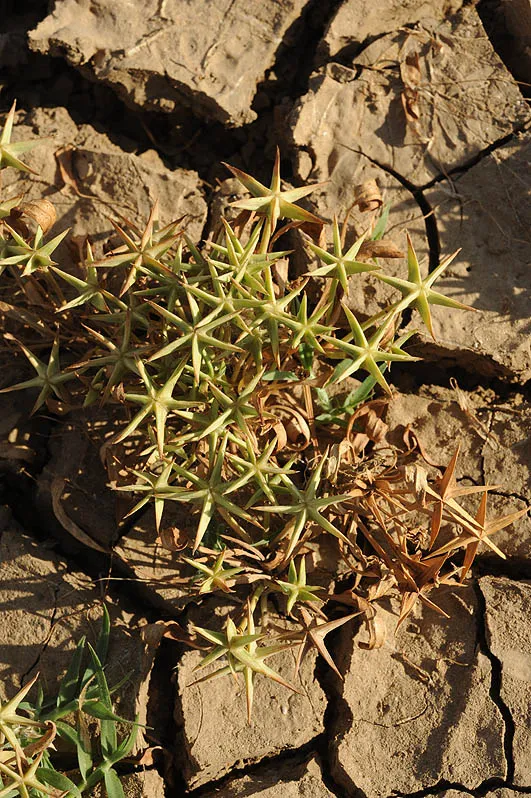Narrowleaf Seagrass
Halodule uninervis
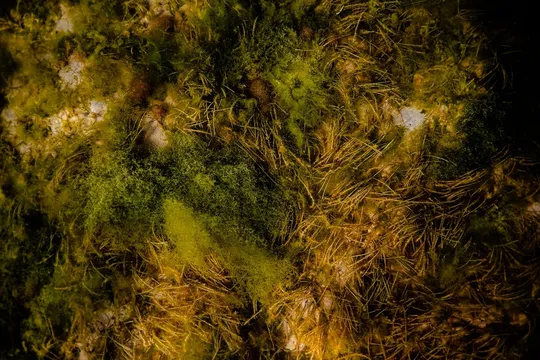
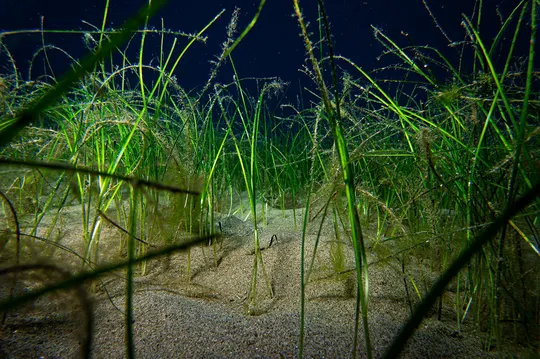
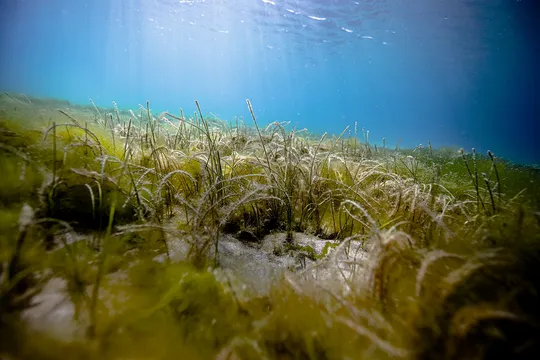
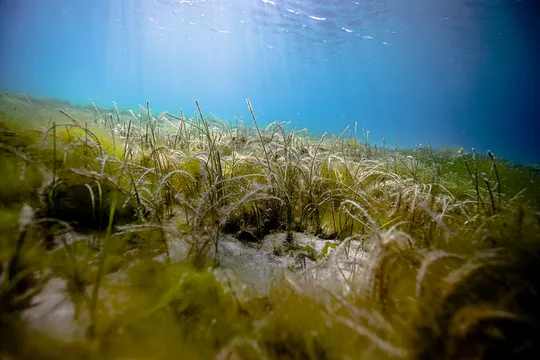
Halodula uninervis grows
in Israel on only one site on the western section of the Gulf of Elat coast,
about 300 meters from the Egyptian border terminal (Dudu Zakay, pers. comm.). There
was once an additional site near the glass bottom boat dock, which in now probably
extinct (Lipkin, pers. comm). The plant has never been seen in the northern
part of the coast.
The plant grows
in the intertidal zone and below it up to a depth of 10 m and sometimes even
deeper. Many stands are exposed daily, and Halodula
uninervis is the most resistant sea grass species to exposure and
stress in the Gulf of Elat. H. uninervis
is not selective regarding the nature of its substrate, and is considered as a
pioneering species that is the first to populate habitats following destruction
caused by fishing, boating or storms. In the Gulf of Elat, H. uninervis
appears in monospecific communities or together with other sea grass species
sucha as Halophila stipulacea, Syringodium isoetifolium and Cymodocea
rotundata. At the single site in Israel the plant appears at the fringes of
a H. stipulacea concentration.
The genus Halodula has nine
species (according to the Flora Palaestina). However, according to Mabberley
(1989) it only has six species, all sea grasses submersed in the shallow water
of tropical regions. The genus Halodula belongs to the
Cymodoceaceae family that also includes the genera Cymodocea, Thalassodendron
and Syringodium, all submersed sea grasses. The species that grow in our
area are Cymodocea nodosa that is found off the Mediterranean coast
including Israel; C. rotunda, Thalassodendron ciliatum and Syringodium
isoetifolium. These are Indian Ocean and Red Sea species that grow in the Gulf
of Elat, but have never grown on the Israeli section. Pieces of T. ciliatum
plant were observed on the coast of the Gulf of Elat, but these were plants that
were torn from the sea bottom during storms and were washed up in the Elat
area.
·
The
number of known Halodula uninervis populations
in the country has decreased from two to one.
·
The
entire Israeli coastal area of the Gulf of Elat is subject to intensive development
and pollution pressures, which threaten the surviving population.
·
H. uninervis is not globally endangered.
The Halodula uninervis
population growing in the southern Israeli section of the Gulf of Elat coast
near the border with Egypt should be monitored and protected by law.
Halodula uninervis has a broad
tropical distribution on the Indian Ocean and western Pacific Ocean coasts. It
is found in the Red Sea, off the coasts of East Africa and the Indian Ocean
eastward to the shores of Malaysia and Indonesia. In the Middle East it grows on
the Egyptian coast of the Red Sea and on the coasts of al-Hejaz (Hijaz), Yemen
and the Hadhramaut. In the Gulf of Elat, H. uninervis
is the second most abundant plant after Halophila stipulacea. It is even
more common on the beaches of the Gulf of Suez and has spread to the Suez Canal
water system up to the Great Bitter Lake. However, unlike the H. stipulacea
species, it did not penetrate the Mediterranean Sea (Lipkin, 1987).
Halodula
uninervis is a submersed sea grass found in the water off the Gulf
of Elat. It is very rare on the Israeli section of the coast and only one
population is known at a single site, which is peripheral and at the northern edge
of its distribution area. Despite its extensive geographic distribution in tropical
seas, in Israel it is a red species, in the category of species that are seriously
endangered because of their rarity and vulnerability to the intensive e developmental
and pollution pressure in the northern Gulf of Elat.
ראה ימון ביצני.
Current Occupancy Map
| 1000 squre meter pixel | 5000 squre meter pixel | 10000 squre meter pixel | |
|---|---|---|---|
| number of observations | 0 | 0 | 0 |
| in total pixels | 0 | 0 | 0 |
| Family | Cymodoceaceae |
| Classification | On the endangered species list |
| Ecosystem | Red Sea |
| Chorotype | Tropical |
| Conservation Site | On the Elat Coast near the Border with Egypt |
| Rarity |
1
6
6
|
|---|---|
| Vulnerability |
0
4
4
|
| Attractiveness |
0
0
4
|
| Endemism |
0
0
4
|
| Red number |
1
5.8
10
|
| Peripherality | S |
| IUCN category | DD EW EX LC CR EN VU NT |
| Threat Definition according to the red book | Critically endangered |
 Based on:
Based on:



